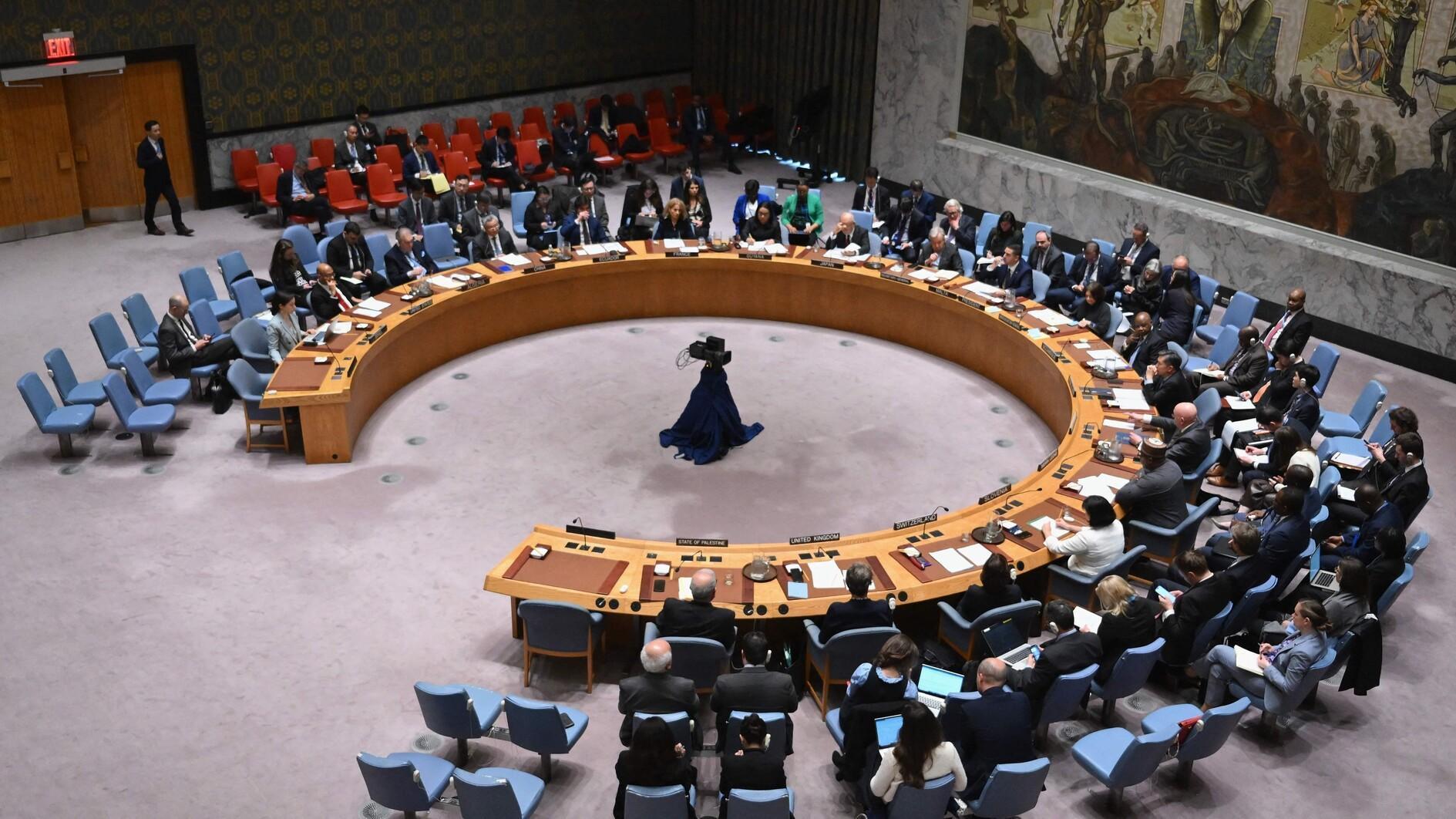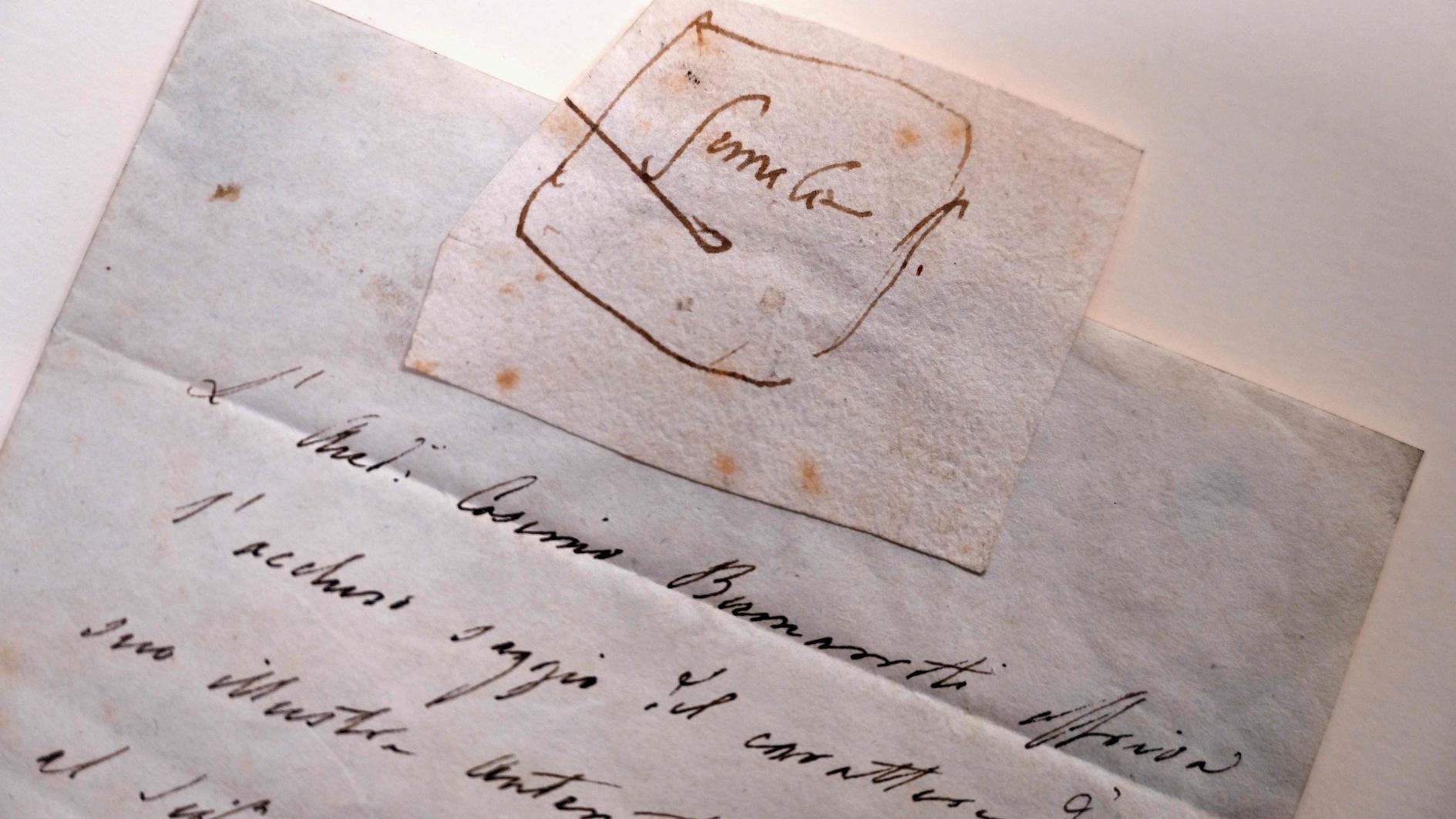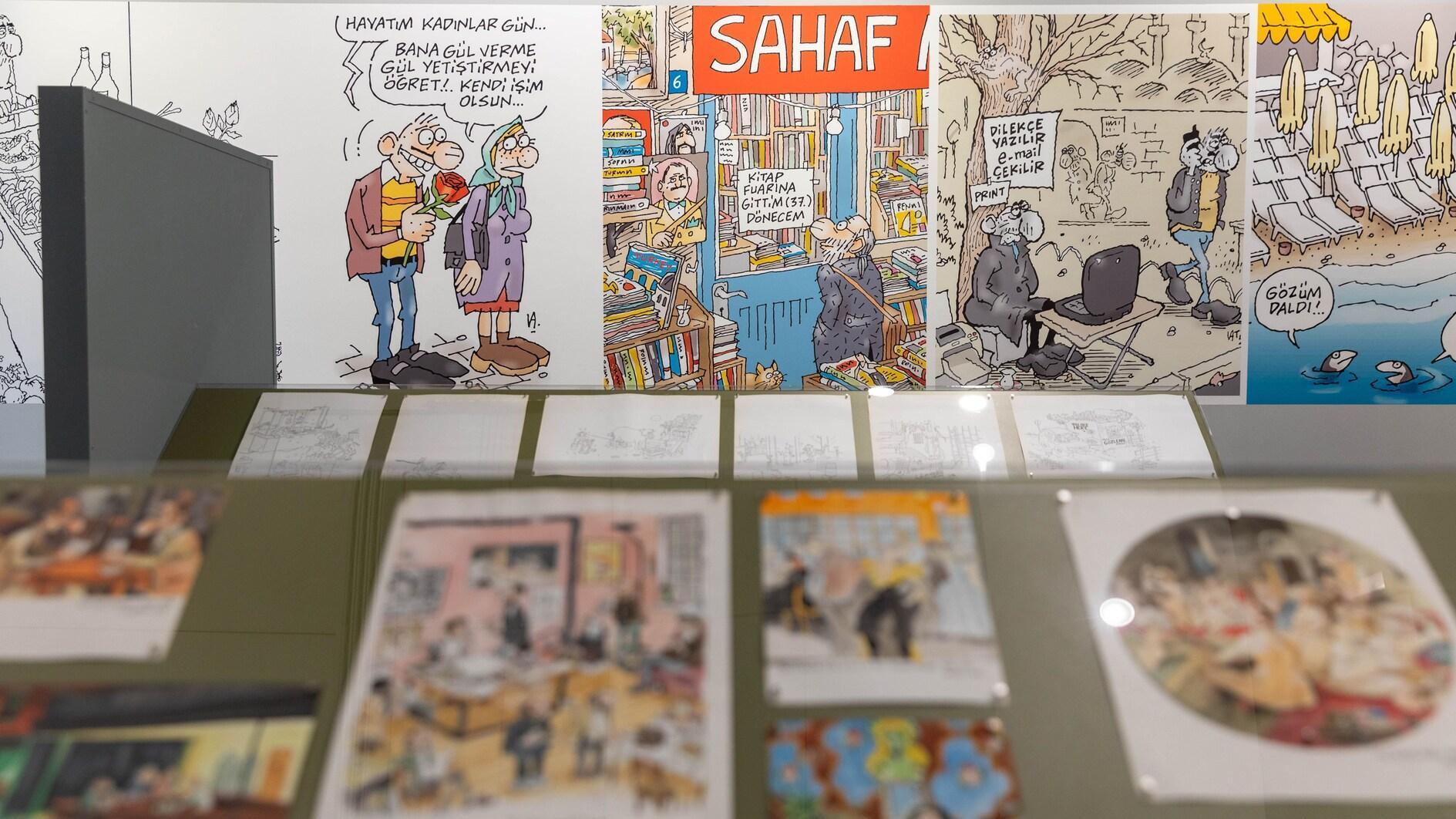Garanti Anatolian Meetings
Recently, I was invited by the deputy General Manager of Garanti Bank Nafiz Karadere to a special celebration at Galata Salt, the cultural institution of Garanti Bank at the old Ottoman Bank building built in 1892. The occasion was the 10th anniversary of Garanti Bank’s “Garanti Anatolian Meetings” which started in 2002.
According to what Karadere said, there have been 83 meetings in 61 provinces within the context of “Garanti Anatolian Meetings.”
The first one of these Anatolian meetings was held at the southeastern province of Gaziantep after the 2001 economic crisis. The aim of these meetings was, from the beginning, to guide Small and Medium-sized enterprises (SME) that felt the crisis the most; because they were the segment that had the potential to overcome the crisis most quickly.
The Anatolian meetings were moderated by the then editor-in chief of the economic daily Dünya, Osman Arolat, who is the lead writer of the same paper now. From that day on, there has been exchange of ideas on matters such as regional and international opportunities, potential business fields and market evaluations with more than 25,000 SMEs.
Again, according to the information Karadere shared with us, in 10 years, 250,000 kilometers have been traveled to everywhere in Turkey. In these travels, journalists like us as well as lecturers, experts and nongovernmental organizations have accompanied Garanti Bank.
In those Garanti Anatolian Meetings I have participated is such cities as Kars, Antakya, Kastamonu, Burdur and Amasya, I have personally witnessed how local administrators as well as local industrialists benefit from these meetings.
Imagine that outstanding professional experts of Turkey come to your town and bring a new point of view, a new vision to the issues you have been tackling with for years.
They call the industrialist, the farmer, the tourism investor and the local administrator to explore the potential of their city. For example, Burdur is famous for its marble quarries. However, it is China not the Burdur residents who eat the fruit of the marble quarries. The Chinese buy the marble of Burdur in blocks and take them to their country. There, they use even the thinnest sheet of the marble, even its dust, and sell it to the Unites States.
Why cannot the Burdur people do what the Chinese are doing? Because, in Burdur, there is raw material but those aspects of craftsmanship, technology and energy are too weak to compete with China.
To give an example from Kars, this eastern city has a huge tourism potential with more than 300 houses under protection and its Ani Ruins. However, the tourism activity in Kars is very much under its potential.
Similarly, the gruyere cheese of Kars is a product of a more than 100-year-old tradition and truly delicious. It is nowhere behind Swiss cheese.
Unfortunately, Kars is quite inadequate in transforming this cheese into a global brand, as well as in technical matters about cheese making.
Nafiz Karadere who we had the opportunity to chat with at the Galata Salt reception, said they hit the Anatolian roads eight times a year, adding, “Because of hazelnuts and tourism, we have visited Trabzon and Antalya every year.”
Karadere believes they make a significant difference at those provinces they visit.
The reason Mersin and Samsun are discussing logistics is because of “Garanti Meetings.”
So is why Antakya has a “tourism strategy” now and joins international tourism fairs.
As Karadere has said, the “Garanti Anatolian Meetings” today has become a brand, a discussion platform now that travels every part of Anatolia.
Anatolian Meetings which has included Antalya, Bartın, Eskişehir, Gümüşhane, Iğdır, Karaman, Konya and Yozgat in its 2013 program has a huge contribution especially to those provinces of Turkey that are candidates for growing.











